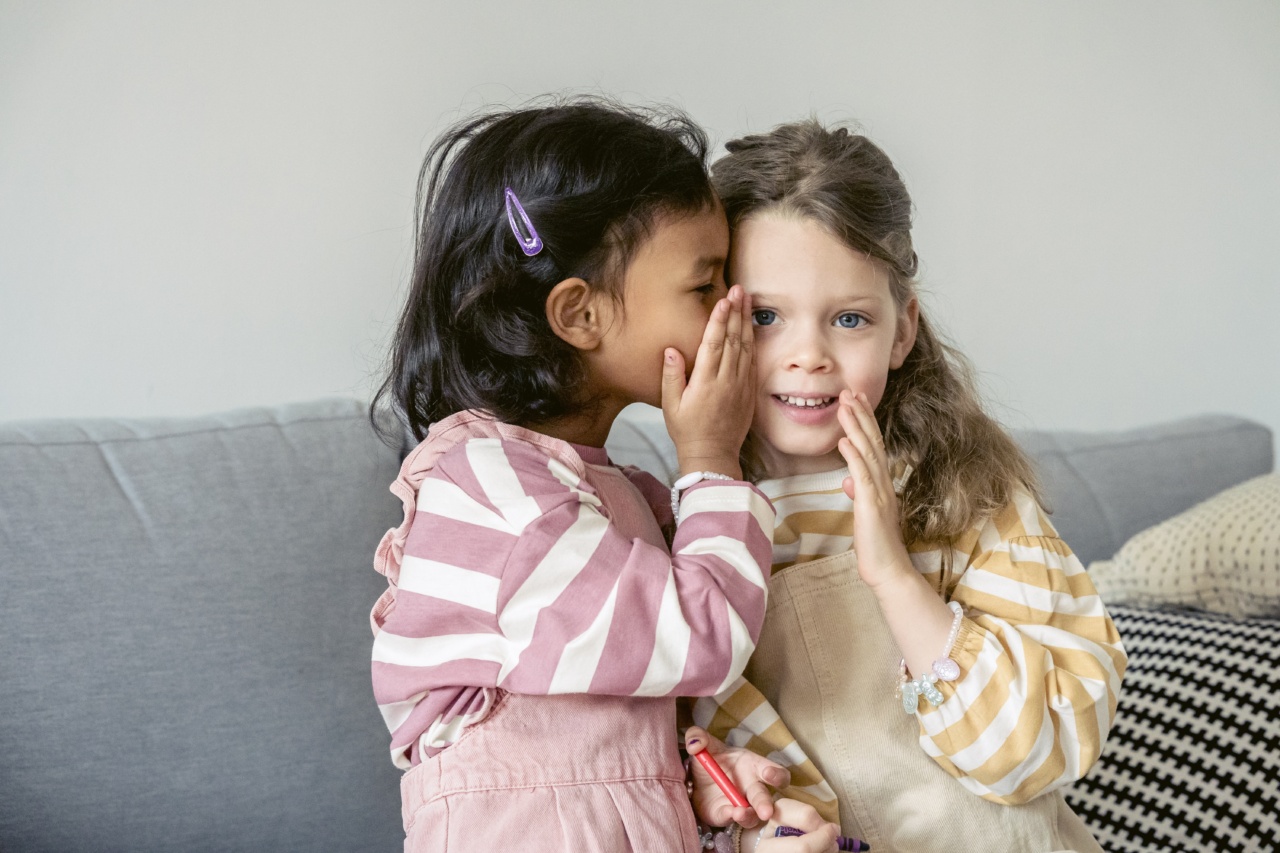It’s impossible to shield children from every instance of violence that occurs in the world. But you can help them process what they see and hear in the news. Here are some tips for talking to your child about violence in the news:.
Start by asking what they know
Before you start explaining anything, ask your child what they know. This can help you gauge their level of understanding and tailor your conversation accordingly. It can also help dispel any rumors or misinformation they may have heard.
Stay Calm
Children are very sensitive to their parents’ emotions. If you are visibly upset or anxious when talking about a violent event, your child may become more anxious as well, or even associate violence with panic and fear.
Try to stay calm and present a matter-of-fact response.
Be honest and factual
When discussing violence in the news, it’s important to be factual. Stick to the basic details of the event and avoid speculating or getting too detailed.
Explain the who, what, where, and why, but leave out any graphic or violent details that your child may not be able to handle.
Frame the story with context
Providing context is a helpful tool when discussing violent events in the news. Explain how the event fits into the larger picture of the world.
Your child might not understand the implications of a specific event, but framing it in the grand scheme of things can help make it more understandable.
Ask them how they feel
It’s important to ask your child how they feel about what they have heard or seen. This can give you an idea of how much your child is impacted by the violence, as well as help them identify and process their own emotions.
Reassure them of their safety
Children may feel unsafe or scared after hearing about violent events, especially if they occurred close to home. Remind them that violence is rare and that there are many people working to keep them safe.
This can help them feel more secure and less anxious.
Limit exposure to news coverage
While it’s important to keep your child informed of current events, constant exposure to news coverage of violent events can be overwhelming.
Limit the amount of news coverage your child sees or hears to prevent them from becoming too anxious or overwhelmed.
Model non-violent behavior
Finally, the way you interact with other people impacts your child’s own behavior. Model non-violent behavior in your daily life that promotes peaceful and respectful interactions.
By doing so, you can help shape your child’s own values surrounding conflict and violence.
Conclusion
Violence is unfortunately an inevitable part of life, and it’s hard to shield children from it entirely. However, by talking to them in a clear, honest, and age-appropriate way, you can help them process and understand what they hear in the news.
By emphasizing their safety, modeling non-violent behavior, and limiting exposure to news coverage, you can help empower your child to make sense of the world around them.





























